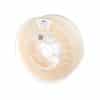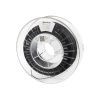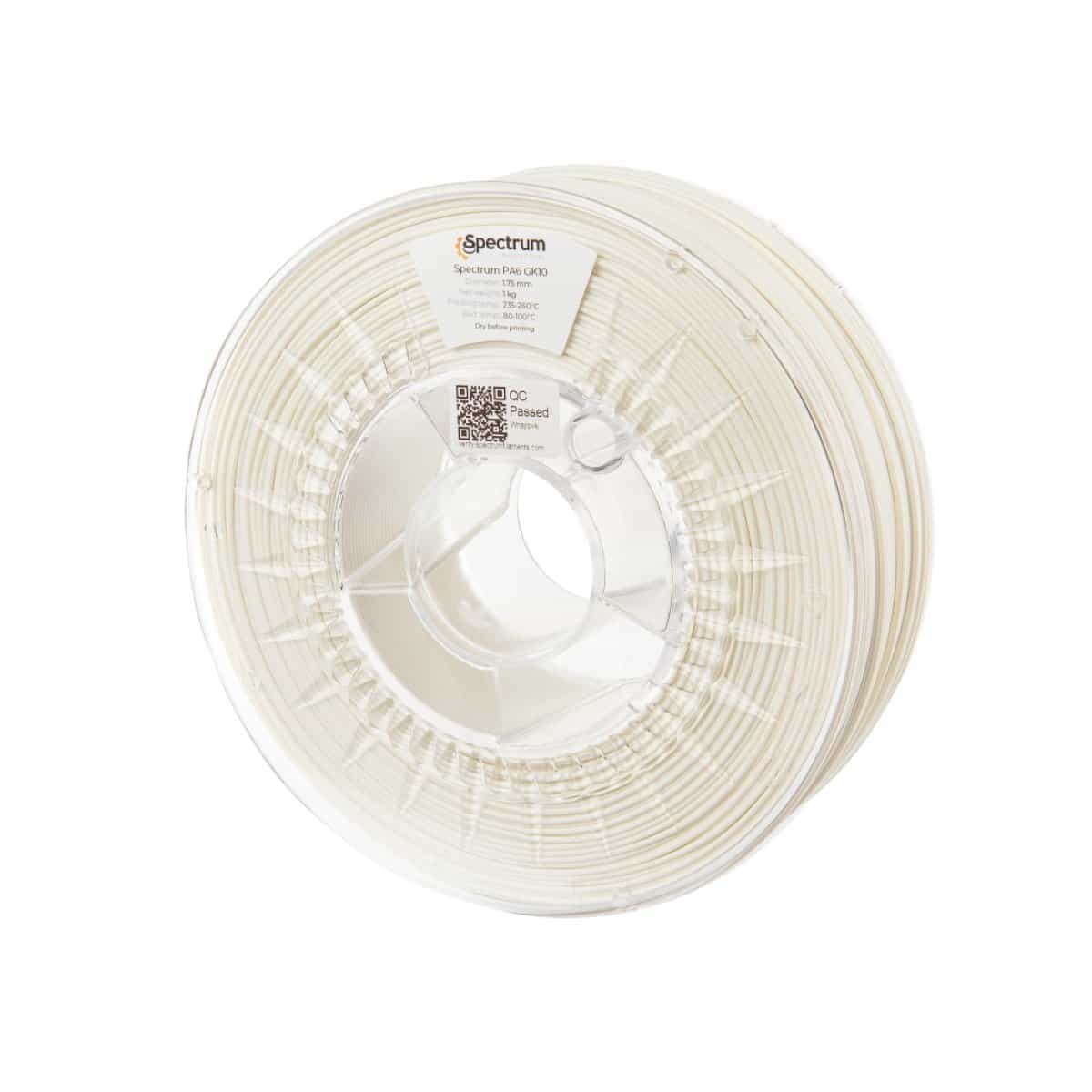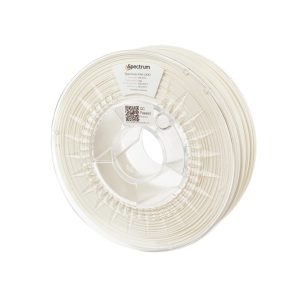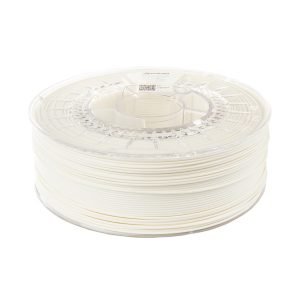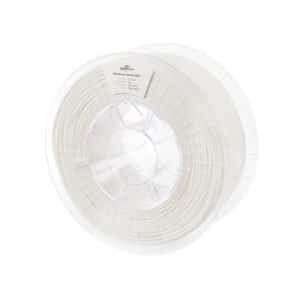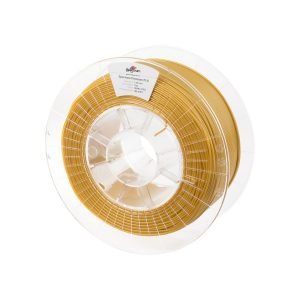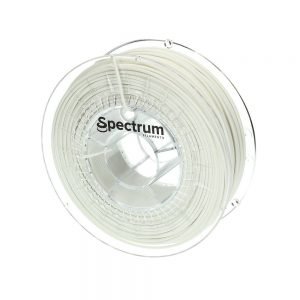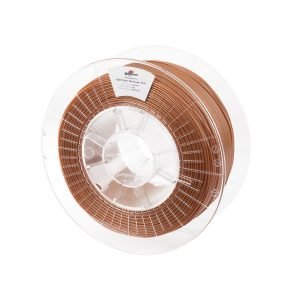Spectrum Filaments – PA6 GK10 – 1.75mm – Natural – 1 kg
700,00 kr. incl. moms
Ikke på lager
Fragt fra 49,- fri fragt ved køb over 500,-
Beskrivelse
Poliamide filled with glass micro-spheres
Nylon PA6 GK10 is a new, high-temperature PA6-based construction material in the natural colour. Perfect for 3D printing. Filled with glass beads, it is more flexible than the polyamide the material is based on. Its specific quality is a low impact of moisture and temperature on the measurements or electrical properties as compared to PA66. In addition, Nylon PA6 GK10 features a low linear shrinkage (up to 0.3-0.5%) and a relatively high working temperature (160oC).
Key features
- low processing (linear) shrinkage of 0.3-0,5%
- high temperature and abrasion resistance
- easy separation of the object from the bed
- high mechanical strength
- chemical resistance to lubricants and oils
- a wide range of applications
- very robust lamination of layer
- a good impact resistance
- a very wide temperature range for prolonged operation as well as a very high temperature up to 160°C for short-time operation
- a relatively high resistance to thermal ageing
Applications
- end-use parts
- tooling
- functional prototyping
- industrial modelling
- production of slide bearings, gear wheels and racks, sweep-off gears and guide rolls operated in elevated temperatures up to 120°C on a prolonged basis and up to 160°C on a short-time basis
- all types of ring and plate seals with an increased chemical and corrosion resistance
Filament diameter: 1.75mm / 2.85mm
Density: 1.01 g/cm3
Nozzle temperature: 235-260°C
Bed temperature: 80-100°C
Printing speed: 30-80mm/s
Heated chamber: recommended
Verify your spool option: YES
Packaging
Filament wound on a transparent PC spool. The spool contains information about the type of material, diameter and recommended printing temperature. Each reel is packed in aluminium vacuum bag with ZIP lock with a silica gel inside.
To attain the very attractive properties of PA6 GK10, as regards the technical aspects, you need to follow the basic storage rules for such materials (in a dry and dark place with humidity below 15%). To obtain the best parameters of the printed object possible, it is recommended to dry the material prior to work.
Yderligere information
| Vægt | 1,3 kg |
|---|---|
| Farve | Natural |
| Millimeter | 1.75mm |
| Type | Industrial, PA6 GK10 |
| Brand | Spectrum Filaments |
| Vægt | 1 Kg |
| Diameter Tolerance | ± 0.05mm |
| Anbefalede Print Temperatur | 235-260°C |
| Anbefalede Heated Bed Temperatur | 80-100°C |
| Indpakning dimension | 21cm x 20.5cm x 8.6cm |
| Spool dimensions | External diameter – 20cm, internal diameter – 5.2cm, width 7.8cm |

